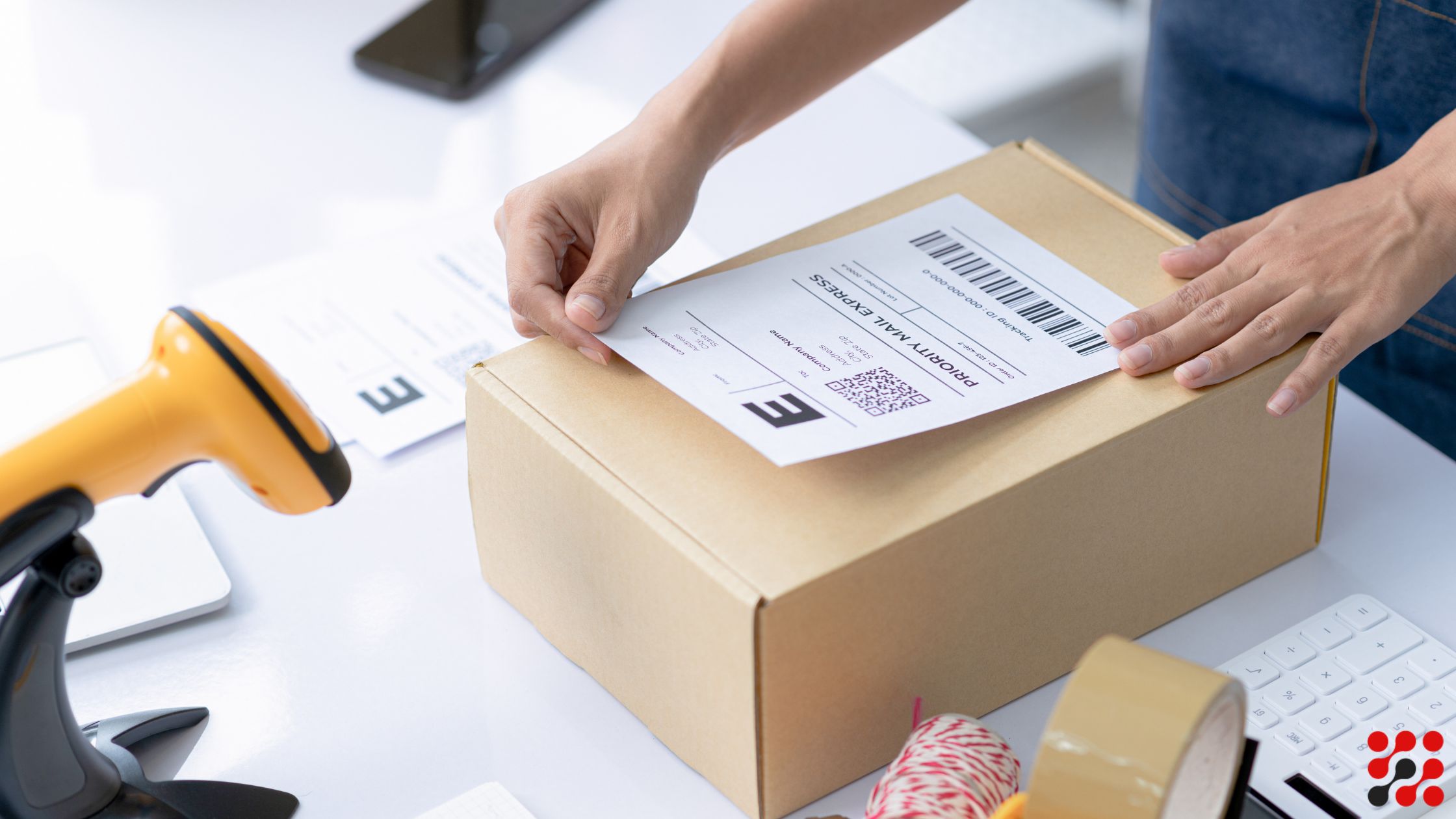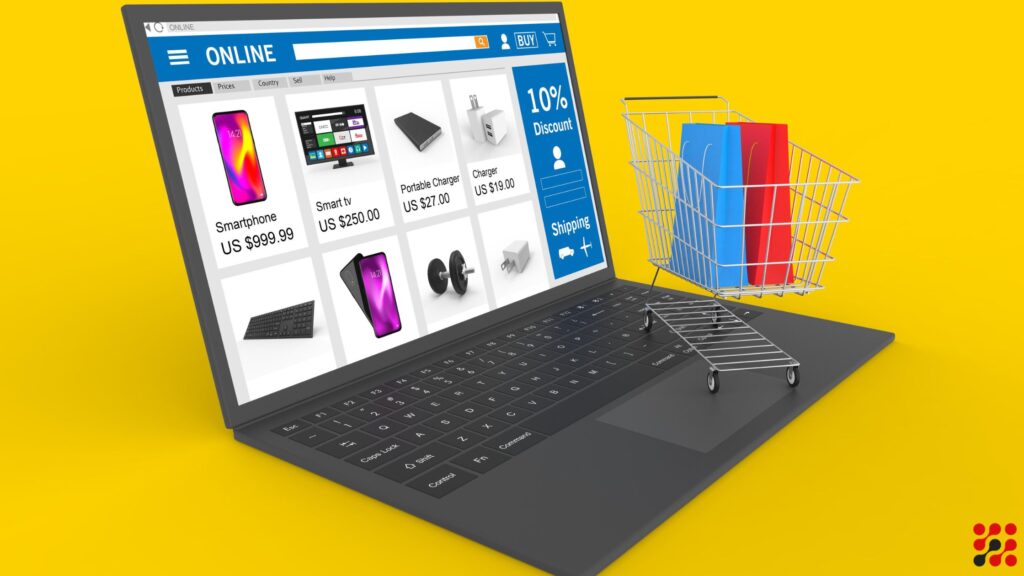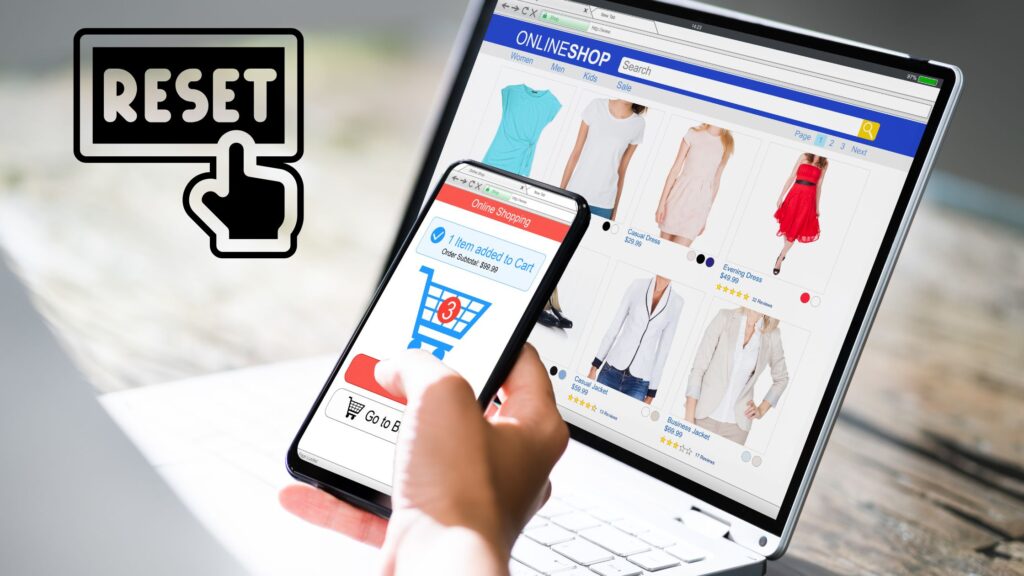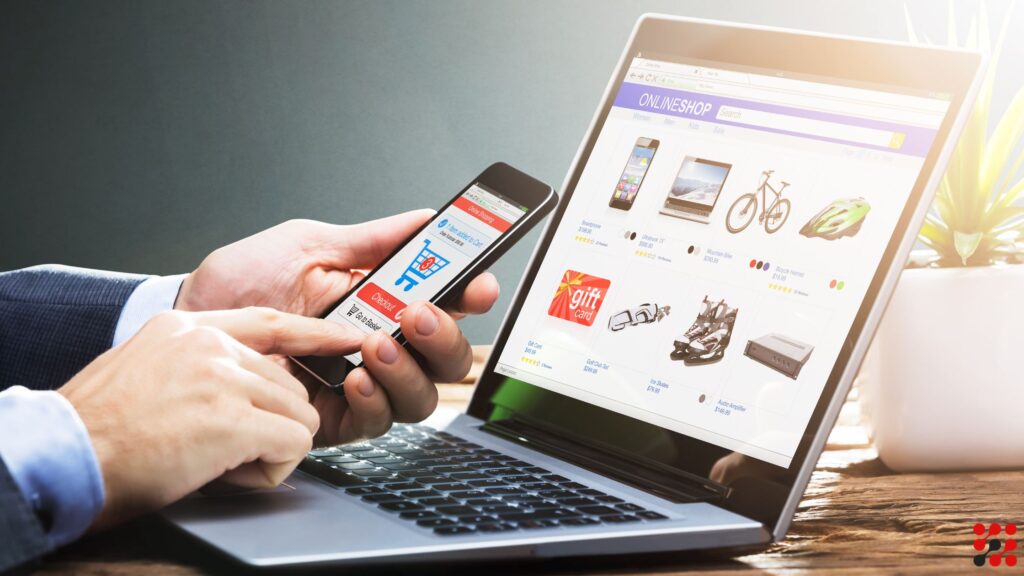You’re a small business owner or enterprise with a WooCommerce store, but you’re craving that extra edge to elevate your revenue by 35% and gain new customers who are willing to buy through Amazon Pay.
Read our detailed guide on how to connect Amazon Pay WooCommerce for startups, SMEs and Enterprises?
Amazon Pay for Woocommerce Integration
Connecting Amazon Pay to your WooCommerce store is a simple process. Below is a detailed step-by-step guide to integrating the Woocommerce Amazon Pay plugin without any bugs.
Step 1: Sign Up for Amazon Pay
First, you’ll need to sign up for Amazon Pay if you haven’t already.
Visit the Amazon Pay website and follow the registration process.
Once completed, you’ll receive access to your Amazon Pay account dashboard.
Step 2: Install Amazon Pay Plugin
Next, log in to your WooCommerce store’s admin panel. Navigate to the “Plugins” section and click on “Add New.” Search for the “Amazon Pay” plugin and install it on your WordPress site.
Amazon Pay Plugin Woocommerce Direct Link
Step 3: Configure Amazon Pay Settings
After installing the plugin, go to the “WooCommerce” tab in your WordPress dashboard and select “Settings.” Click on the “Payments” tab and locate Amazon Pay. Click on it to configure the settings.
Step 4: Connect Amazon Pay Account
In the Amazon Pay settings, you’ll need to connect your Amazon Pay account.
Enter your Merchant ID, Access Key, and Secret Key, which you can find in your Amazon Pay account dashboard.
Step 5: Customize Amazon Pay Button
Once your Amazon Pay account is connected, you can customize the appearance of the Amazon Pay button to match your store’s branding.
You can choose the button size, color, and placement on the checkout page.
Step 6: Test Checkout Process
Before making Amazon Pay live on your store, it’s essential to test the checkout process to ensure everything is working correctly.
Place a test order using Amazon Pay to verify that payments are processed smoothly.
Step 7: Go Live
Once you’ve tested the checkout process and confirmed that everything is functioning as expected, you can make Amazon Pay live on your WooCommerce store.
Activate the payment method, and you’re ready to start accepting payments through Amazon Pay.
Step 8: Setup Auto Return
Log in to your PayPal Business account. Navigate to the “Profile” tab and select “Profile and settings.” Under the “Selling Tools” section, click on “Website preferences.”
Scroll down to the “Auto Return for Website Payments” section. Toggle the auto return option to “On.”
Enter the return URL where customers should be redirected after completing a purchase. Save your changes.
Step 9: Set Up Instant Payment Notifications (IPN)
From the “Profile” tab in your PayPal Business account, select “Profile and settings.” Under the “Selling Tools” section, click on “Instant payment notifications.”
Click on “Choose IPN settings” and then “Edit settings.”
Enter the notification URL where PayPal should send IPN messages. Select “Receive IPN messages (Enabled)” and save your settings.
Step 10: Adjust Tax Settings
Navigate to the “WooCommerce” tab in your WordPress dashboard. Select “Settings” and then click on the “Tax” tab.
Check the box labelled “Enable taxes and tax calculations.”
Set your tax calculation options based on your business location and tax requirements. Configure tax rates for each region or country where you have tax obligations. Save your tax settings.
Step 11: Adjust Shipping Settings
Shipping settings in WooCommerce do not directly connect with Amazon Pay.
However, while setting up Amazon Pay Woocommerce payment gateway, we need to consider how shipping costs are handled during the checkout process.
Here’s how shipping and Amazon Pay Woocommerce Plugin can work together:
Shipping Options Displayed at Checkout
When a customer proceeds to checkout and selects Amazon Pay as their payment method, WooCommerce will display the available shipping options based on the customer’s shipping address.
The shipping settings you’ve configured in WooCommerce determine these shipping options and associated costs.
Transparency in Pricing
Ensure that shipping costs are transparently displayed to customers during the checkout process.
Amazon Pay will show the total order amount, including shipping fees, before the customer confirms their purchase.
This transparency helps prevent any surprises and builds trust with your customers.
Handling Shipping Fees
Amazon Pay processes payments but does not directly handle shipping fees.
You need to ensure that your WooCommerce store accurately calculates shipping costs based on the customer’s location, selected shipping method, and any applicable shipping rules or rates you’ve set up.
TechnologyAlly Is Your Best Partner To Add Amazon Pay to Woocommerce
With our expertise in WooCommerce development, we ensure seamless integration of Amazon Pay, enhancing your store’s payment options.
Our services include WooCommerce integration, allowing you to manage transactions and boost revenue.
If you’re considering a platform shift, our WooCommerce migration services, including BigCommerce to WooCommerce migration, make the transition smooth and hassle-free.
Amazon Pay Woocommerce Fees
When considering integrating Amazon Pay with your WooCommerce store, it’s important to grasp the associated fees to make informed decisions about your payment processing strategy.
Here’s a breakdown of the fees typically associated with using Amazon Pay on your WooCommerce platform:
1. Transaction Fees
Amazon Pay charges a transaction fee for each successful payment processed through the platform.
This fee varies depending on factors such as transaction volume, order value, and the customer’s location.
Transaction fees range from a percentage of the transaction amount plus a fixed fee per transaction.
For example, it might be 2.9% + $0.30 per transaction.
2. Cross-Border Fees
If your WooCommerce store serves customers in multiple countries, you may incur cross-border fees for international transactions processed through Amazon Pay.
These fees are typically higher than domestic transaction fees and may vary based on the customer’s country and currency.
3. Chargeback Fees
In the event of a chargeback, where a customer disputes a transaction and requests a refund, Amazon Pay may charge a chargeback fee.
This fee is incurred when Amazon Pay investigates the dispute and resolves it in favour of the customer.
4. Currency Conversion Fees
If your WooCommerce store accepts payments in multiple currencies, Amazon Pay may charge currency conversion fees when converting funds from one currency to another.
These fees are applied when processing transactions in a currency different from your settlement currency.
5. Fixed Monthly Fees (Optional)
Depending on your business needs and the level of support required, you may opt for additional services offered by Amazon Pay, such as advanced fraud protection or dedicated account management.
These services may incur fixed monthly fees in addition to transaction-based fees.
6. Additional Charges for Non-Compliance
Failure to comply with Amazon Pay’s terms of service or regulatory requirements may result in additional charges or penalties.
It’s essential to stay informed about any compliance obligations and adhere to Amazon Pay’s guidelines to avoid potential fees.
7. Integration and Development Costs
While not directly related to Amazon Pay fees, integrating and customizing Amazon Pay with your WooCommerce store may incur development costs.
Whether you hire WooCommerce developers or use third-party plugins, consider these expenses when evaluating the total cost of implementing Amazon Pay.
What is Amazon Pay WooCommerce Integration?
Add Amazon Pay to WooCommerce refers to the connection between the WooCommerce platform and Amazon Pay, allowing merchants to accept payments from customers using their Amazon accounts.
This integration automates the checkout process, improves security with Amazon’s fraud detection measures, and provides customers with a familiar and trusted payment option.
Amazon Pay WooCommerce Trend
With an average annual revenue growth rate of 11.2%, Amazon Pay is toward continued expansion, leading to a surge in online transactions.
Approximately 74% of online retailers incorporate at least one Amazon Pay into their payment offerings in the USA Region.
Source: Statista

Source: Google
Troubleshooting Amazon Pay for WooCommerce Errors
Integrating the WooCommerce Amazon Pay plugin can enhance your customer experience by providing a trusted and convenient payment option.
However, like any technology, it can sometimes encounter issues.
Here’s how to troubleshoot common problems with Amazon Pay Plugin Woocommerce.
1. Amazon Pay Button Not Showing on Checkout Page
The Amazon Pay plugin is not activated. Compatibility issues with your WooCommerce theme. Configuration settings are incomplete.
Solutions
Ensure that the Amazon Pay plugin is installed and activated. Go to your WordPress dashboard, navigate to Plugins > Installed Plugins, and confirm that Amazon Pay is active.
Switch to a default WooCommerce theme like Storefront to check if the issue persists. If the button appears, the problem lies with your theme. Contact Us for assistance.
Verify that you have completed all required configuration settings in the Amazon Pay plugin. Go to WooCommerce > Settings > Payments > Amazon Pay and ensure all fields are correctly filled.
2. Amazon Pay Transactions Failing
Incorrect API credentials. Network connectivity issues. Payment method restrictions.
Solutions
Ensure that your Merchant ID, Access Key, and Secret Key are correctly entered in the plugin settings. Incorrect credentials will cause transaction failures.
Ensure your server has a stable internet connection. Sometimes, network issues can cause transactions to fail.
Amazon Pay may have restrictions on certain payment methods or regions. Verify if there are any limitations affecting your transactions by checking the Amazon Pay documentation.
3. Customer Authentication Issues
Outdated browser or device. Amazon account issues. Cookies and cache problems.
Solutions
Ask customers to update their browser or try using a different device.
Sometimes, outdated software can cause authentication issues.
Ensure that the customer’s Amazon account is in good standing and not restricted.
Advise customers to clear their browser’s cookies and cache. Sometimes, stored data can interfere with the authentication process.
4. Inconsistent Order Total Calculation
Tax or shipping misconfiguration. Conflicts with other plugins. Currency conversion issues.
Solutions
Verify Tax and Shipping Settings: Ensure that your tax and shipping settings are correctly configured in WooCommerce.
Go to WooCommerce > Settings > Tax and WooCommerce > Settings > Shipping to review your configurations.
Deactivate all other plugins except WooCommerce and Amazon Pay, then test again. If the problem is resolved, reactivate the plugins one by one to identify the conflicting plugin.
If you accept multiple currencies, ensure that your currency conversion settings are correctly configured. Incorrect settings can lead to discrepancies in order totals.
5. Error Messages During Checkout
Misconfigured settings. Server-side issues. Plugin conflicts.
Solutions
Double-check all settings in the Amazon Pay configuration page to ensure there are no errors.
Contact your hosting provider to check for any server-side issues that could be causing errors during checkout.
Amazon Pay Woocommerce Payment Gateway FAQs
Can I use Amazon Pay on another small website?
Yes, you can use Amazon Pay on any another small website.
How does Amazon Pay to WooCommerce sellers?
Amazon Pay benefits WooCommerce sellers by offering a secure, payment solution.







